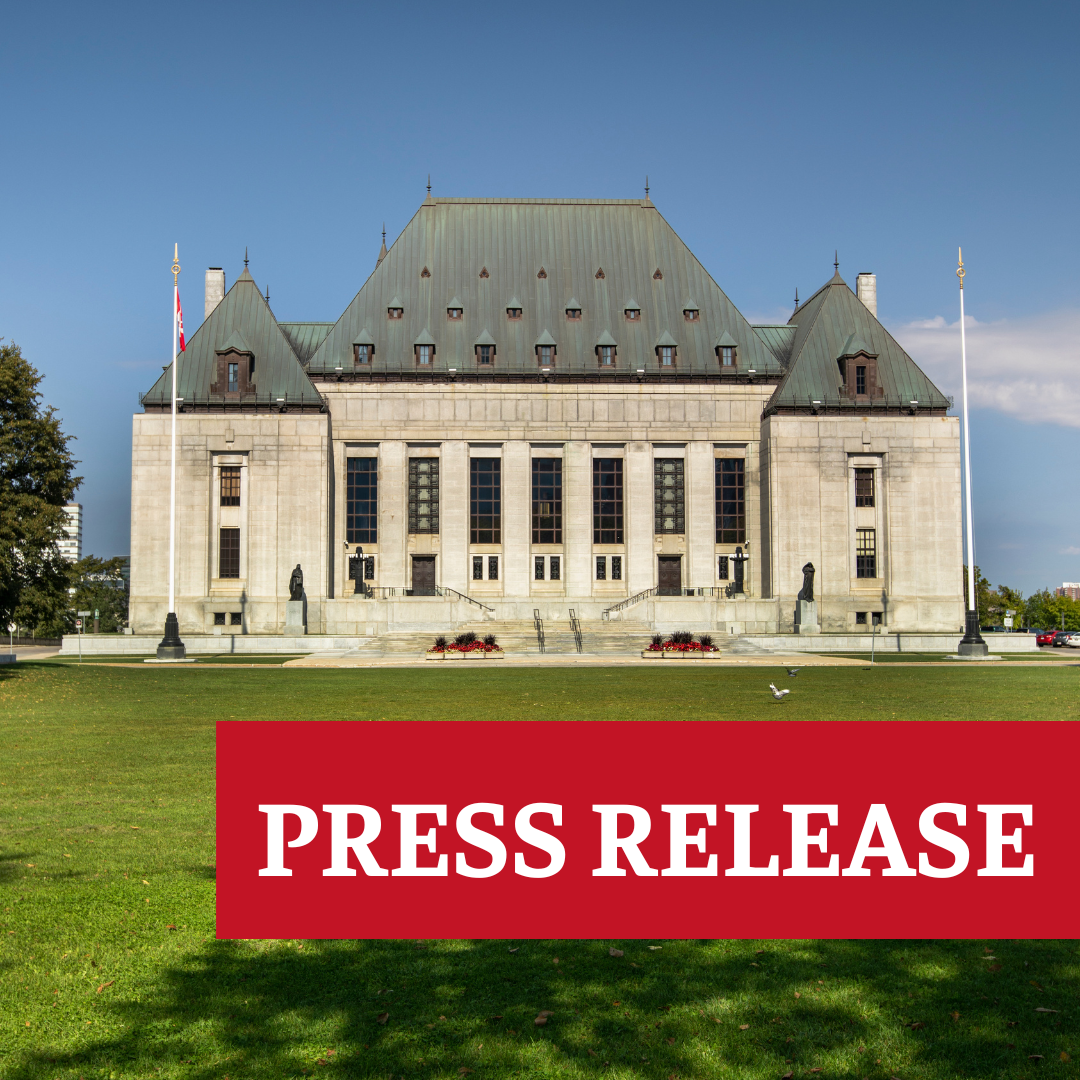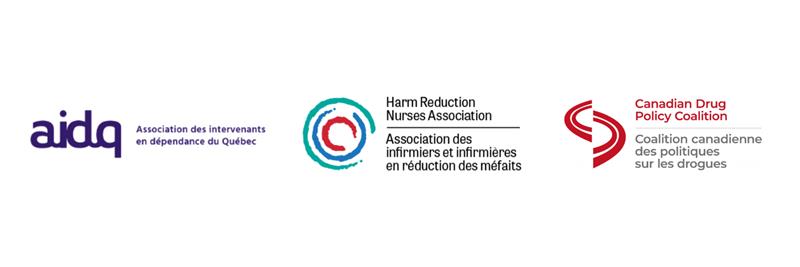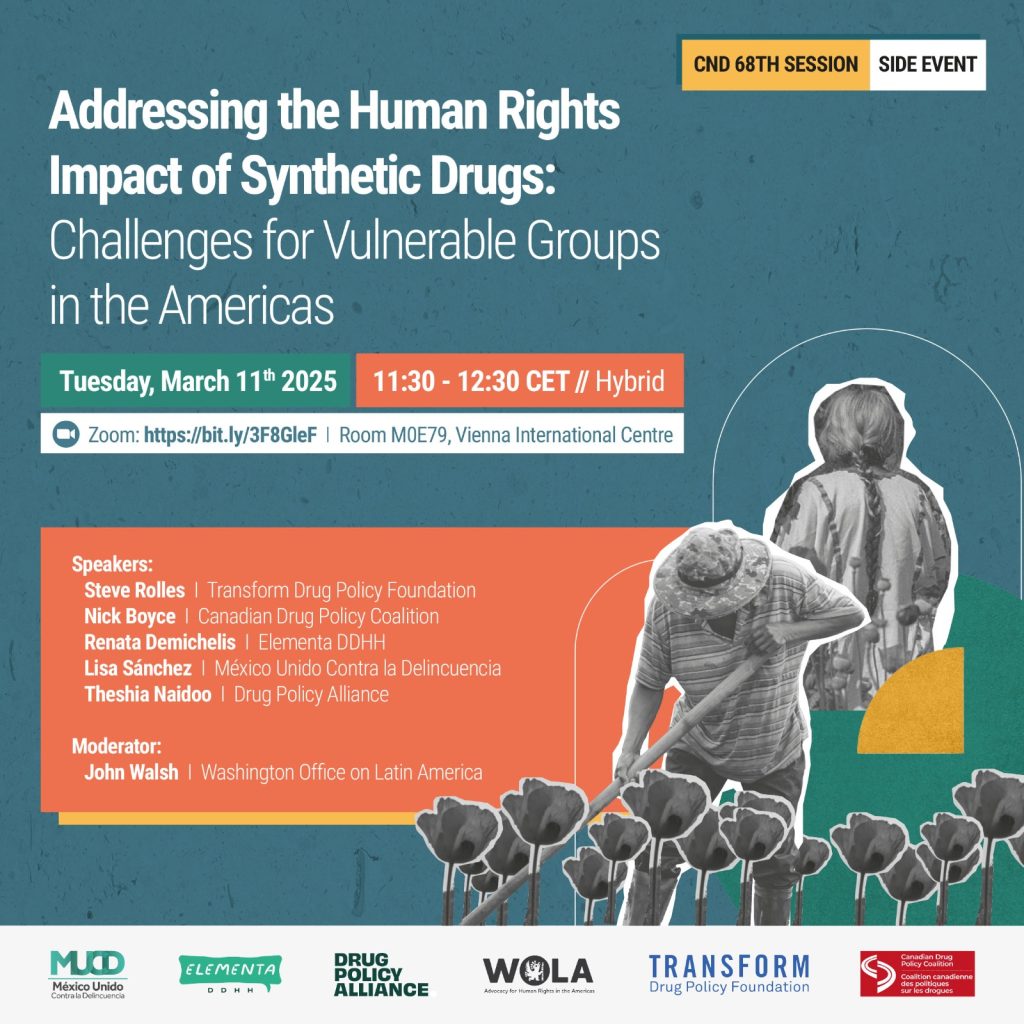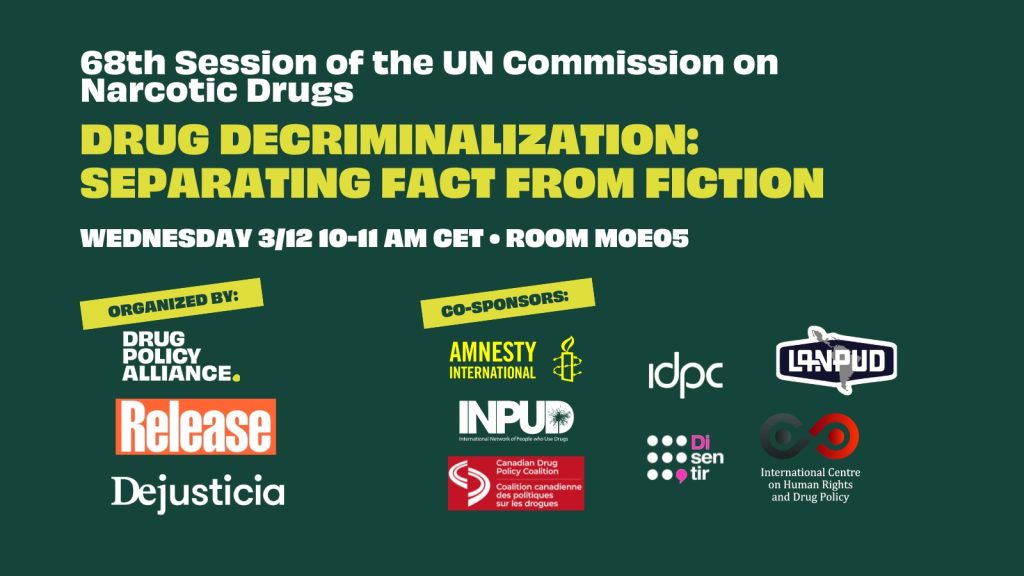This week’s federal budget commits billions to US-style policies that will make the unregulated drug market more profitable and less predictable, harming the health and well-being of communities.
In the weeks and months leading up to Budget 2025, Prime Minister Mark Carney spoke of a pivotal national moment, emphasizing how Canadians must be ready to sacrifice for the common good. Budgets are a tangible measurement of what a government values. Reviewing where the Prime Minister is willing to spend and where he sees fit to cut, it is clear what and whom Carney is willing to sacrifice, and for what purpose.
Most notably for drug policy, Budget 2025 contains buckets of new money for U.S.-style investments in border enforcement, military and RCMP. All this despite decades of evidence and widespread recognition demonstrating that even with massive long term public investment, these tactics have not only failed to reduce the demand for or supply of drugs but have driven severe negative consequences that disproportionately harm structurally marginalized communities.123
At the same time, Budget 2025 cuts federal spending by roughly 60 billion over the next five years and eliminates close to 40,000 public service jobs, nearly 10% of the total federal government workforce. The plan is rife with ‘stealth cuts’ through the sunsetting of programs, including action on social determinants of health, mental wellness support and substance use prevention and treatment.4
Effectively ignored in this budget are significant investments in our collective well-being: child care, pharmacare, meaningful poverty reduction, climate action, our public health care systems and workers.5 What it does include are immigration changes that scapegoat migrants for societal challenges caused by policy choices, including slashing spots and supports for refugees, asylum seekers, and international students.6
In looking for the positives, it is worth noting important new funding for Women and Gender Equality Canada, extensions to the school food program, and small investments in the Youth Climate Corps. Similarly, we commend the stated focus on affordable housing maintained through Build Canada Homes, while we await the details of its implementation.7
While Canadians scrounging to make ends meet might decide to forgo nonessentials to afford basics, Carney’s government has responded to budget pressures by handing gifts to the tune of $15 billion to military, police and enforcement, while cutting, ignoring and limiting the human services we need.
This budget seems to signal that the federal government will comply with the Trump administration’s approach to drug policy, ramping up criminalization while choosing to leave Canadians without the services and supports we need. This means significant resources directed to the RCMP and Canadian Border Services Agency, with an emphasis on efforts to restrict illicit drugs and the precursor chemicals that can be used in their production. In practice, that means more criminalization of people who use drugs, driving deepening inequities experienced by groups already facing disproportionate harm — including Indigenous peoples, racialized communities, disabled people, low-income workers, people experiencing homelessness, and people targeted by punitive drug enforcement.
Despite persistent “elbows up” rhetoric from Carney’s Liberal government, the drug policy reflected in Budget 2025 is firmly grounded in cooperation with an American regime that appears to hold no regard for human rights or international law.8
What is driving the Canadian government’s drug policy shift in Budget 2025?
We can trace this renewed emphasis on border militarization and policing right back to Trump. When Trump took to social media with unsubstantiated claims about drug trafficking from Canada and threats to impose 25 per cent tariffs on Canada and Mexico, he justified these threats through inaccurate claims about the scale of trafficking of fentanyl into the U.S. from Canada. Data from recent years shows less than one per cent of fentanyl entering the United States comes from Canada.9
In the name of appeasement, in the past year alone the federal government has thrown an additional 1.3 billion at border security, including for drones, helicopters, canine teams, and surveillance technology. In an attempt to placate the president and avoid an escalating trade war, Canada created a new role, the “Fentanyl Czar.”10 These wasteful investments in deeply flawed and harmful policies failed to stop U.S. tariffs.
Trump said, “Jump.” Canada said, “How high?” And as evidenced by Budget 2025, we have kept on jumping, shoveling public money toward harmful and ineffective criminalization and betraying our stated values around a public health and human rights approach to drug policy, despite zero indication that it will help people or make any positive impact on U.S. trade negotiations.
When we seek to understand government decisions, we can look to two broad motivations:
- Effective policy; does it accomplish what it is setting out to do from a policy perspective? Namely here, do investments in criminalization reduce the supply of or demand for unregulated drugs?
- Effective politics: does it accomplish what it is setting out to do as a political maneuver? In this case, does it appease a volatile and cruel U.S. administration?
The answer for Budget 2025? No and no.
What do we need from drug policy to save lives and end the unregulated drug crisis?
In our pre-budget submission, the Canadian Drug Policy Coalition outlined a path that could support the well-being of all people.11 To save lives and prevent harm, we need to shift toward the legal regulation of all currently unregulated drugs. Beyond that, we need to invest in proven solutions, including safe and affordable housing, living wages and poverty reduction, universal public healthcare, and a range of substance use supports including harm reduction alongside voluntary, evidence-based treatment.
Our elected leaders are falling in line with the drug policy whims of an American president who has demonstrated his blatant disregard for human rights, international law, and even the most basic elements of reasonable and predictable trade relations. Canadians need our federal government to put the well-being of people and communities first; that means grounding drug policy in evidence and human rights, and ensuring public spending reflects what we truly value.
- https://www.ohchr.org/en/press-releases/2023/06/un-experts-call-end-global-war-drugs ↩︎
- https://icclr.org/wp-content/uploads/2021/11/Dandurand_Law-Enforcement-Strategies-to-Disrupt-Illicit-Drug-Markets_Nov-15-2021.pdf ↩︎
- https://www.globalcommissionondrugs.org/wp-content/uploads/2021/12/Time_to_end_prohibition_EN_2021_report.pdf ↩︎
- https://budget.canada.ca/2025/report-rapport/pdf/budget-2025.pdf ↩︎
- https://childcarenow.ca/2025/11/04/media-advisory-mark-carneys-economic-plan-must-expand-child-care-system/?fbclid=IwY2xjawN4RpRleHRuA2FlbQIxMABicmlkETFPQlViaTdxYWdrUEZUYnRGc3J0YwZhcHBfaWQQMjIyMDM5MTc4ODIwMDg5MgABHnaA6k-vye14yqm-xIYzmBuEsq2LG54wXXI3FsR4K7fgpwtuM5jjc6UfFRbu_aem_oUZKdxhnkahN3F9kh7Bgtg ↩︎
- https://migrantrights.ca/budget2025response/ ↩︎
- https://housingrights.ca/press-release-budget-2025/ ↩︎
- https://drugpolicy.ca/canadas-complicity-in-illegal-us-military-strikes/ ↩︎
- www.cbp.gov/newsroom/stats/drug-seizure-statistics ↩︎
- https://www.canada.ca/en/privy-council/services/publications/canada-fentanyl-czar-interim-report-june-2025.html#1 ↩︎
- https://drugpolicy.ca/about/publication/invest-in-evidence-a-results-oriented-funding-plan-for-canadas-drug-policy/ ↩︎













